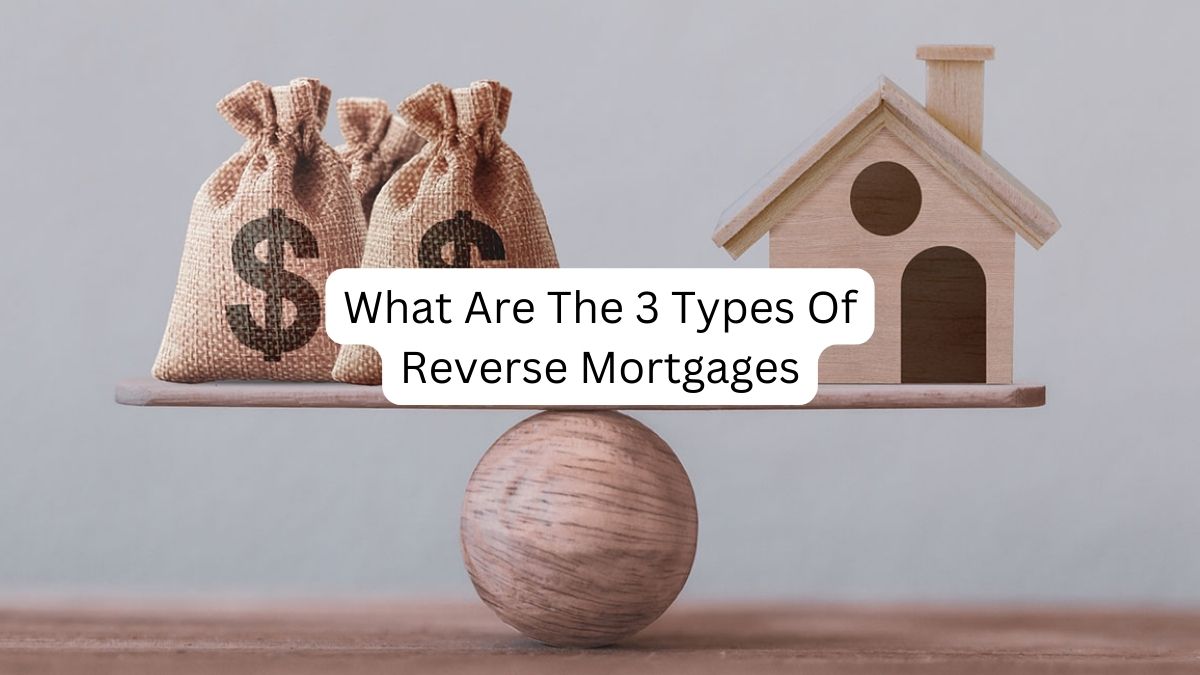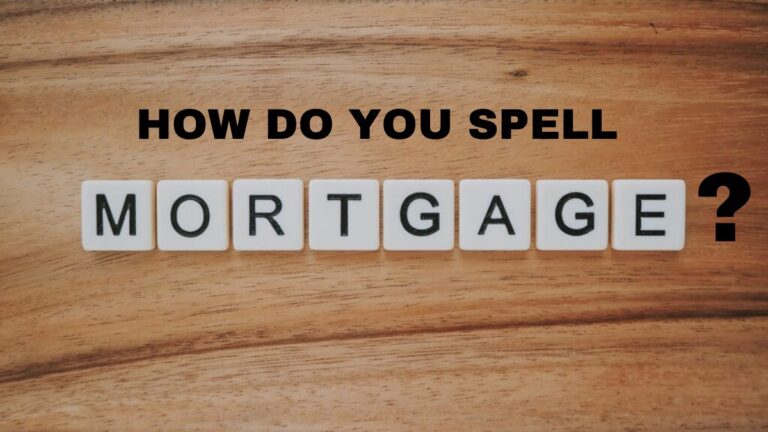What Are The 3 Types Of Reverse Mortgages?
Reverse Mortgages have gained significant popularity in recent years as a financial tool that allows seniors to tap into their home equity while still retaining ownership. This unique arrangement provides older homeowners with an opportunity to supplement their retirement income, cover medical expenses, or enjoy their golden years with financial freedom.
In this blog post, we will delve into the three types of reverse mortgages, shedding light on their features, eligibility requirements, and potential benefits. Let’s explore the fascinating world of reverse mortgages
Home Equity Conversion Mortgage (HECM):
The Home Equity Conversion Mortgage (HECM) is the most common type of reverse mortgage and is insured by the Federal Housing Administration (FHA). It is available through FHA-approved lenders, offering a safe and regulated option for homeowners aged 62 and older. Key features of the HECM include:
- Eligibility: Homeowners must meet specific requirements, such as owning the property as their primary residence, participating in a mandatory counseling session, and demonstrating the ability to cover property taxes, insurance, and other ongoing expenses.
- Loan Disbursement: Borrowers can choose to receive their funds as a lump sum, a line of credit, fixed monthly payments, or a combination of these options. The flexibility in disbursement allows individuals to tailor the loan to their financial needs.
- Repayment: Repayment of the HECM loan is typically deferred until the homeowner permanently moves out of the property, passes away, or fails to meet the loan obligations, such as maintaining the property or paying property taxes.
Proprietary Reverse Mortgage:
Unlike HECMs, proprietary reverse mortgages are not federally insured but are offered by private companies. These loans are generally suitable for homeowners with higher home values and provide access to a larger portion of their equity. Key features include:
- Eligibility: Homeowners must meet certain criteria, including a minimum age (usually 60-62), having substantial home equity, and satisfying the lender’s financial assessment, which considers income, creditworthiness, and other factors.
- Loan Disbursement: Proprietary reverse mortgages offer multiple disbursement options, including lump sums, lines of credit, and monthly payments. The loan structure may vary between lenders, allowing borrowers to select the most appropriate arrangement.
- Repayment: Similar to HECMs, repayment is typically deferred until the borrower no longer meets the requirements, such as selling the property, moving out permanently, or passing away.
Single-Purpose Reverse Mortgage:
Single-Purpose Reverse Mortgages are offered by state and local governments or nonprofit organizations. As the name suggests, they are designed for specific purposes, such as home repairs, property taxes, or other pre-approved expenses. Key features include:
- Eligibility: Eligibility criteria vary by program, but these mortgages are typically available to low- to moderate-income homeowners aged 62 and older who meet specific residency and property-related requirements.
- Loan Disbursement: The loan proceeds are typically disbursed for the pre-determined purpose outlined in the program guidelines. The disbursement options are more limited compared to other types of reverse mortgages.
- Repayment: Repayment terms vary by program, but in most cases, the loan becomes due when the homeowner sells the property, moves out permanently, or fails to meet the loan obligations.
Conclusion:
Reverse mortgages have become an invaluable financial tool for seniors looking to leverage their home equity for a variety of needs. Understanding the three types of reverse mortgages, including the HECM, proprietary reverse mortgages, and single-purpose reverse mortgages, allows homeowners to make informed decisions based on their unique circumstances.
It is crucial to consult with a reputable lender or financial advisor to assess eligibility, consider the associated costs, and






